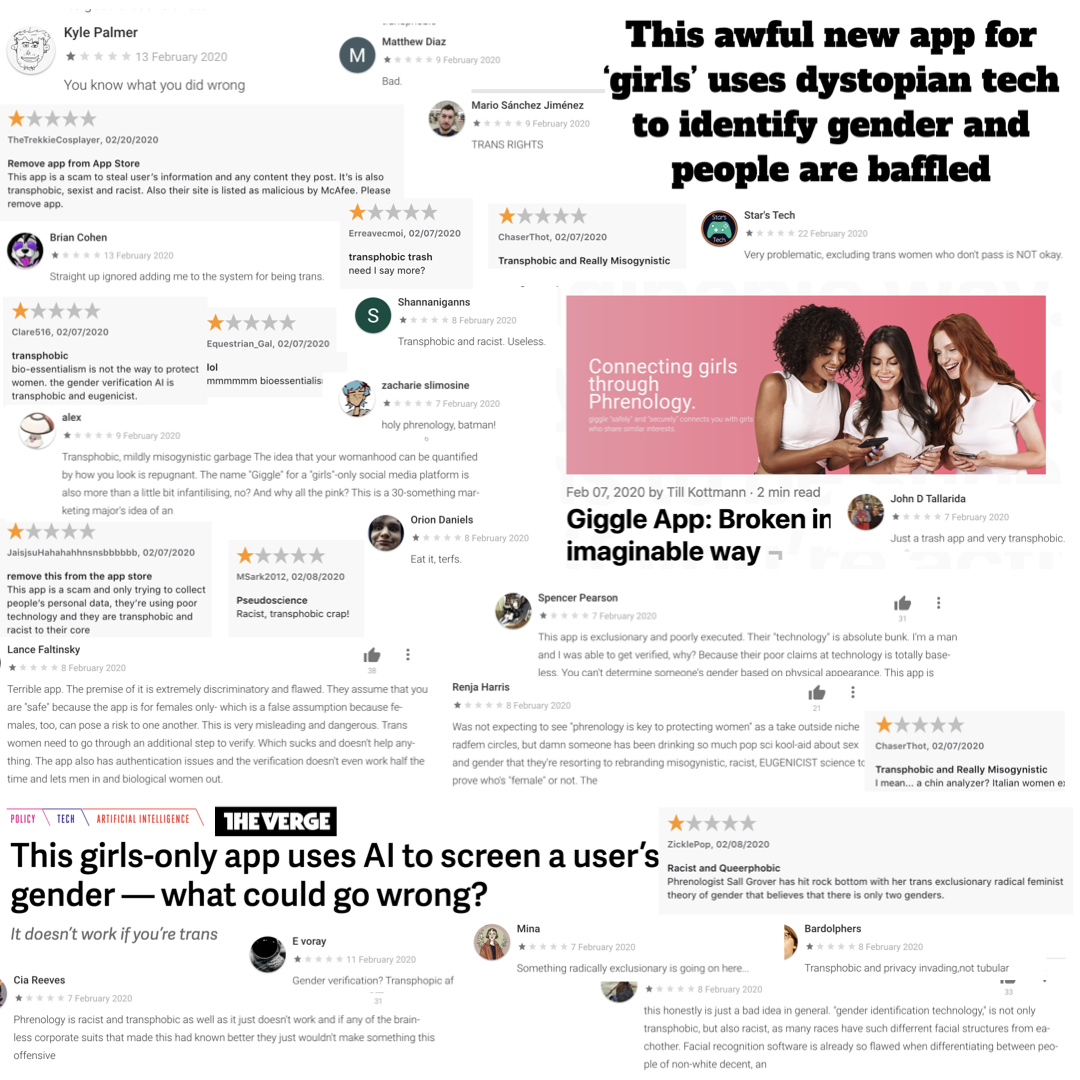We recently dropped iOS 5 so we could use the new 6+ APIs without backwards compatibility.
It makes me smile every time I notice IGListKit at work in Instagram. We put a lot of work into making and improving it. Proud to see it holding up 4 years later.
🧵 with some memories on how it was built:
We recently dropped iOS 5 so we could use the new 6+ APIs without backwards compatibility.
Except two things bugged the hell out of me:
1. No animated changes (duh)
2. Images could flicker and the like animation could cancel
If something triggered another reload after the animation started, the cell cancelled the animation (thus the UI bug)
When an image cell is reused set the background to grey, async load the image (cache or network), set the image. The async time between reuse and fetch/set from cache is where the flicker came from.
Enter UICV performBatchUpdates
So how the hell do I write a diffing algorithm? I literally had never done this.
I settled on Paul Heckel’s https://t.co/jpxuHNlpXg
Why?
1. It’s output matched UICV’s APIs: inserts, deletes, updates, and moves
2. There were example implementations I could actually understand
Foundation hashes can collide
https://t.co/h9eVHO342U
Or are too basic for diffing
https://t.co/Pp0eVFRS5e https://t.co/ZNPJnXlXa4
https://t.co/BACvyI2l08+
With profile done, I submitted a -12k change to remove the old infra.
Throughout this the eng team 10x’d and users 4x’d, we launched tons of products (Stories!), IG opened a NY office, UICV got diffable data sources, and more.
More from Social media
As we wait for the transition of power from despot to democrat, Facebook (Zuckerberg) has taken it upon itself to aid in the obstruction of that power transfer, facilitation of an insurrection narrative and disregard for the will of the American electorate.
In other words, the Social Media monopoly Facebook commands globally has gone full fascist in an attempt to preserve the corrupt and criminal hold on power by Republicans and Trump Administration.
Aiding and abetting a coup d’état.
As if there weren’t enough other reasons to dismantle Facebook’s monopoly, Zuckerberg is playing his cards and revealing clearly that Cambridge Analytica election interference was not just a onetime anomaly, but is now a feature of Facebook’s business model.
Megalomaniac Marc has now revealed the true colours of Fascist Facebook.
Facebook is a weapon to manipulate the masses. A tool to carry out disinformation campaigns with impunity.
And the response of the left... is to delete their Facebook account.
As if the deletion of a Facebook account will do anything. It might send a message that your virtues are principled, your morality superior. But it enables the weapon to be continued to gaslight and manipulate the electorate.
An inherent flaw in the left’s critical thinking.
If you thought disinformation on Facebook was a problem during our election, just wait until you see how it is shredding the fabric of our democracy in the days after.
— Bill Russo (@BillR) November 10, 2020
Look at what has happened in just the past week.
In other words, the Social Media monopoly Facebook commands globally has gone full fascist in an attempt to preserve the corrupt and criminal hold on power by Republicans and Trump Administration.
Aiding and abetting a coup d’état.
As if there weren’t enough other reasons to dismantle Facebook’s monopoly, Zuckerberg is playing his cards and revealing clearly that Cambridge Analytica election interference was not just a onetime anomaly, but is now a feature of Facebook’s business model.
Megalomaniac Marc has now revealed the true colours of Fascist Facebook.
Facebook is a weapon to manipulate the masses. A tool to carry out disinformation campaigns with impunity.
And the response of the left... is to delete their Facebook account.
As if the deletion of a Facebook account will do anything. It might send a message that your virtues are principled, your morality superior. But it enables the weapon to be continued to gaslight and manipulate the electorate.
An inherent flaw in the left’s critical thinking.
You May Also Like
Neo-nazi group #PatriotFront held a photo op in #Chicago last weekend & is currently marching around #DC so it's as good time as any to compile a list of their identified members for folks to watch for
Who are these chuds?
Patriot Front broke away from white nationalist org Vanguard America following #unitetheright in #charlottesville after James Alex Fields was seen with a VA shield before driving his car into a crowd, murdering Heather Heyer & injuring dozens of others
Syed Robbie Javid a.k.a. Sayed Robbie Javid or Robbie Javid of Alexandria,
Antoine Bernard Renard (a.k.a. “Charlemagne MD” on Discord) from Rockville, MD.
https://t.co/ykEjdZFDi6

Brandon Troy Higgs, 25, from Reisterstown,
Who are these chuds?
Patriot Front broke away from white nationalist org Vanguard America following #unitetheright in #charlottesville after James Alex Fields was seen with a VA shield before driving his car into a crowd, murdering Heather Heyer & injuring dozens of others
Syed Robbie Javid a.k.a. Sayed Robbie Javid or Robbie Javid of Alexandria,
Happy Monday everyone :-) Let's ring in September by reacquainting ourselves with Virginia neo-Nazi and NSC Dixie affiliate Sayed "Robbie" Javid, now known by "Reform the States". Robbie is an explicitly genocidal neo-Nazi, so lets get to know him a bit better!
— Garfield but Anti-Fascist (@AntifaGarfield) August 31, 2020
CW on this thread pic.twitter.com/3gzxrIo9HD
Antoine Bernard Renard (a.k.a. “Charlemagne MD” on Discord) from Rockville, MD.
https://t.co/ykEjdZFDi6

Brandon Troy Higgs, 25, from Reisterstown,





























